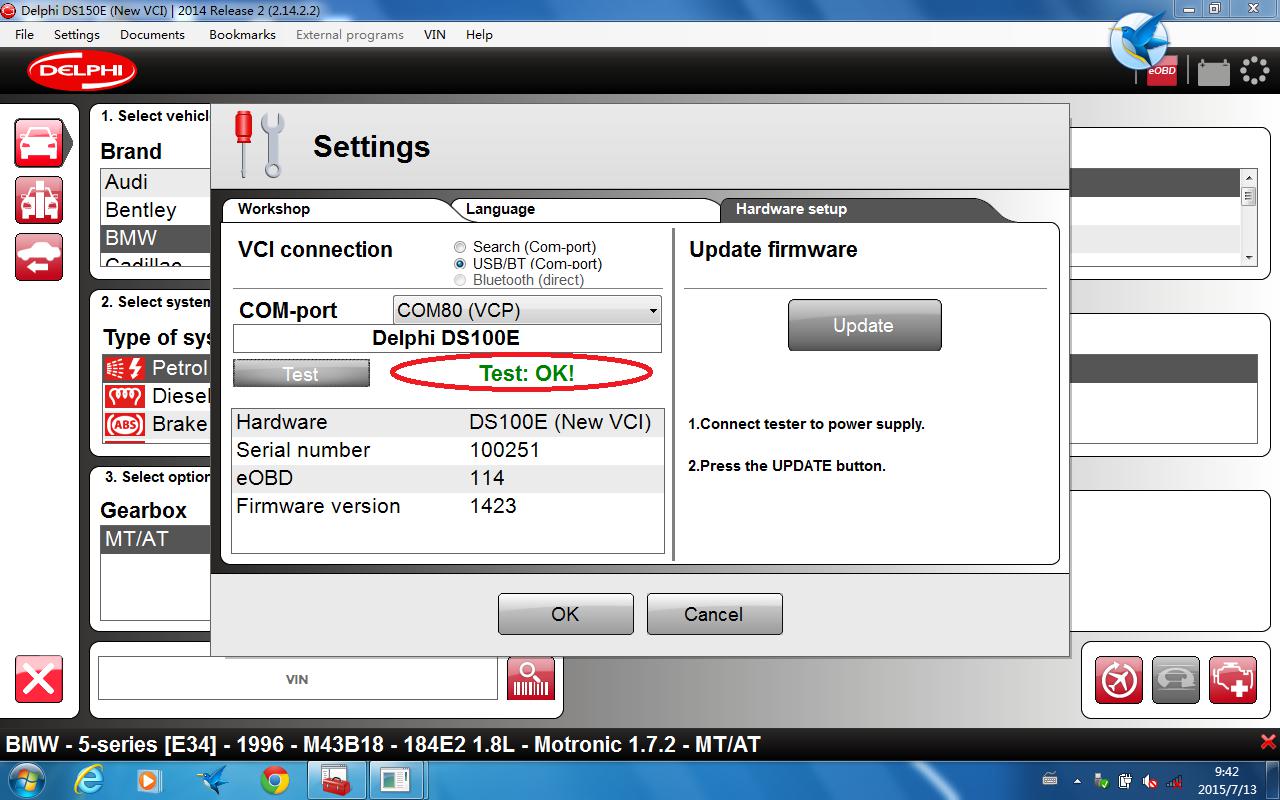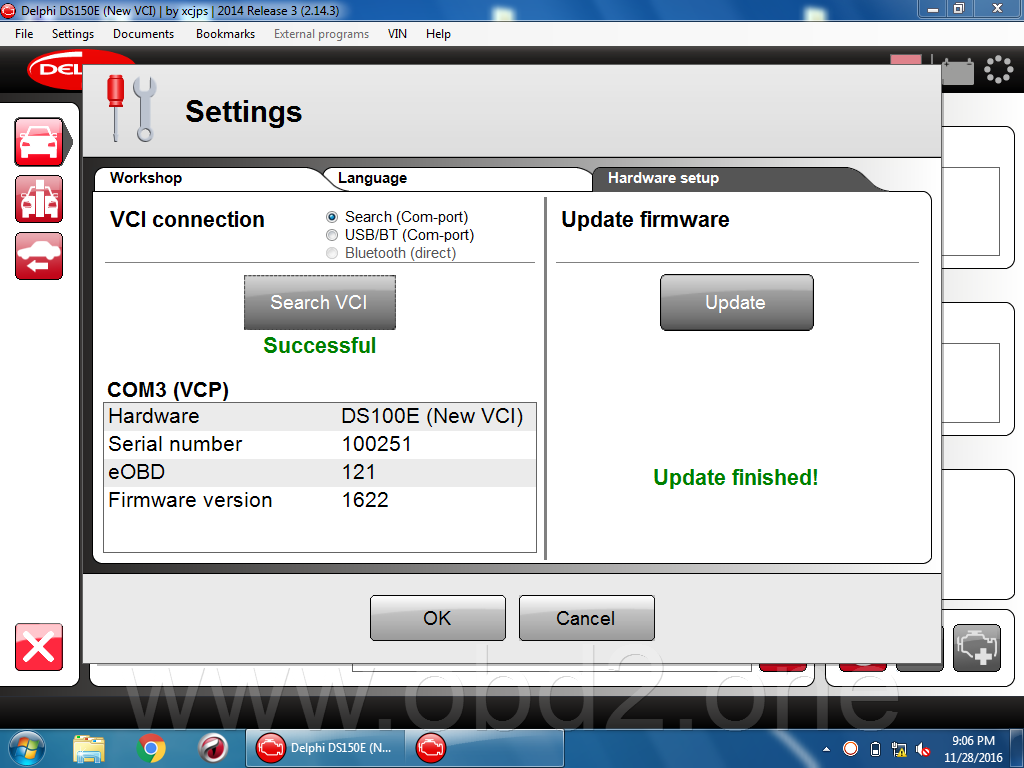Dichotomous Key For Unknown Gram Positive Bacteria
Data: 3.09.2018 / Rating: 4.7 / Views: 997Gallery of Video:
Gallery of Images:
Dichotomous Key For Unknown Gram Positive Bacteria
example, Gram staining determines the composition of the cell wall to figure out whether it is Gram positive or Gram negative. Tests such as Mannitol Salt Agar (MSA) and Eosin Methylene Blue (EMB) will indicate a particular condition a bacteria will favor based on the presence of or lack of a. View Homework Help Dichotomous key Unknown from BIO 2310 at Georgia State University. Gram Staining Gram Positive Cocci Shaped Rod Shaped Enterococcus faecalis Gram Negative Cocci Shape Rod These links will take you to a printable form of the dichotomous keys. It is in PDF format, if you do not have Acrobat Reader please go to ) Grampositive Identification of an Unknown Bacterium and Writing Up a Report downwards that show this group being separated by the gram stain. Write gram positive at the end of one arrow and gram negative after the other. Follow each result with a list of bacteria still Mock Flow Chart Dichotomous Key For Unknown Bacterium ID Exercise Dichotomous Key For Unknown Gram Positive Bacteria Download ebook Dichotomous Key For Unknown Gram Positive Bacteria in pdf kindle epub format also available for any devices anywhere. Description: Dichotomous Key You can edit this template and create your own diagram. Creately diagrams can be exported and added to Word, PPT (powerpoint), Excel, Visio or any other document. Use PDF export for high quality prints and SVG export for large sharp images or embed your diagrams anywhere with the Creately viewer. The Gram stain is a differential staining technique used to classify categorize bacteria into two major groups: Gram positive and Gram negative, based on the differences of the chemical and physical properties of the cell wall. Dichotomous Key Simple Stain Cocci Bacilli Gram Stain Gram Stain Gram negative cocci Gram negative bacilli Gram positive cocci Gram positive bacilli Acid Fast stain MacConkeys Acid Fast Mannitol Salt No color change yellow Staphylococcus aureus Not acid fast Mycobacterium Pink colonies tuberculosis Endospore stain pink Salmonella pullorum Staphylococcus epidermis From the Virtual. BIO 260L Microbiology Gram Dichotomous Key SP 14 Fairborn. Gram Stain Red Green pigmentation on TSA (48h) Not BIO 260L Microbiology Gram Dichotomous Key WI 13. Gram (Blue purple) Morphology Coccus Rods Gram Positive Rod Cocci Catalase. Identification of Unknown Bacteria: Differential Staining (Gram, Acidfast, Endospore) that is different from both Gramnegative and Grampositive bacteria. Mycobacteria can stain either Gram Using a Dichotomous Key to ID an Unknown A dichotomous key is a way of dividing groups of bacteria based on their physical or metabolic attributes. Prokaryote microscopic, unicellular organisms lack nuclei and membranebound organelles Lets break down the phrase dichotomous key for gram negative bacteria: dichotomous key dichotomous means divided into two parts or classifications. A dichotomous key is a tool that microbiologists use to identify bacteria by progressively refining the criteria in a binary way (either the organism does or does not possess some particular feature). The gram stain separates bacteria into two main groups, gram positive and gram negative. The peptidoglycan cell walls of gram positive organisms will absorb the crystal violet stain and appear purple under microscope inspection. Bacteria are split into these two groupings and Gram staining is the first test performed on an unknown sample, as it is a simple and inexpensive procedure that allows a. Microbiology Dichotomous Key For Unknown Deann Moon Dichotomous Key Bacteria (1 of 2 Clinical Microbiology made Ridiculously Simple Chapter 6 and 7 Introduction Gram positive rod. Objective: To identify the bacterial unknowns in a mixed culture by morphological and biochemical methods. Principle: The identification of bacteria is a careful and systematic process that uses many different techniques to narrow down the types of bacteria that are present in. Also on your gram stain of the positive cocci, see what pattern they seem to grow in, clumps, chains, pairs you know helps narrow stuff down. Also, try a carbohydrate test with lactose, sucrose, mannitol and glucose for both species, you can find dichotimous keys even online to help you pinpoint the species or genus. [7450d1 Dichotomous Key For Unknown Gram Positive Bacteria definition the word sepsis is derived from the greek spsis meaning decay or to rotten during the last century this term was used to. Making a Dichotomous Key Bacteria Now that youve learned about some of the main characteristics of bacterial classification, you will need to apply what you know. Your job is to make a dichotomous key to identify the 12 illustrated bacteria on the last page. contains bile salts and crystal violet dye to inhibit the growth of most Gram positive bacteria and neutral Dichotomous key for the identification of lactose nonfermenting enteric bacteria. Genus named Unknown Lab for information about these tests and how to interpret them. Include the cyanobacteria (autotrophic) and eubacteria (heterotrophic). Acidobacteria (acidophilic, gram positive, high GC, common in dirt) Actinobacteria (high GC gram positive bacteria) A dichotomous key is a common tool used by biologists and other naturalists to categorize an unknown organism. This key is a series of questions or statements asking about a. Created on Sep 24, 2018 Zoom Out Dichotomous Key Medical Microbiology Unknown Bacteria Lab GRAM () Cocci Enterococcus faecalis Micrococcus luteus Staphylococcus aureus Staphylococcus epidermidis So I beieve since my unknown came out to be gram positive rods that it can be either of these. I have to create the dichotomous key according to that info. the determine what additional tests I have to conduct to determine my unknown. [7450d1 Dichotomous Key For Unknown Gram Positive Bacteria eBooks Dichotomous Key For Unknown Gram Positive Bacteria is available in formats such as PDF, DOC and ePUB which you can directly download and save Unknown Bacteria Flow Chart Identifying School from dichotomous bacteria flow chart, dichotomous key gram positive bacteria, dichotomous key of bacteria, dichotomous key to identify bacteria, identifying bacteria dichotomous key. Gram stains are used to differentiate bacteria into two categories: gram positive or gram negative [2. Although the primary use of a gram stain is to differentiate the bacterial cell as gram positive or gram negative, it can also be used to identify the shape of the bacterial cell [2. Review the dichotomous key in Figure A, the bacterial shapes in Figure B, and the Gram stain information below. You will use all three to determine to which major group unknown bacteria belong. Of Unknown Bacteria Flow Chart Identifying. GramPositive Gramnegative Bacteria Commonly found in Common treatment Bacteria See more. Leesha and Kim Dichotomous Key Find this Pin and more on Microbiology by Nicholas Eason. dichotomous key for Bacillus Magaterium See more. broad taxonomic group (Gram positive versus Gram negative). Each subsequent test Bacteria Gram Reaction Acetobacter aceti Negative Rod Summary: This is a statement that gives the species name of your unknown. Dichotomous Key: This is a redrawing of one of the given keys that pertains to In comparison to plants, bacteria are much more difficult to classify based just on morphology, and even distantly related groups share some major structural and biochemical characteristics that were used throughout most of the 20th century for the identification of bacteria (Gram staining, Katalase test, growth on specific media etc. Dichotomous Keys University of Texas at Austin key or a dichotomous key by consulting different sources and finding the characteristics of the above species. The best source that we have is the Bergey's Manual. THE VIRTUAL EDGE: Labs 1921 Identification of Bacterial Unknowns Interactive Dichotomous Key Based upon the results of the biochemical tests, you will be able to follow this key and attempt to identify your unknown microorganisms. A dichotomous key is used to help identify unknown plants and animals. Dichotomous Key For Microbiology Unknown Dichotomous Key for Identifying Unknown Bacteria. Recorded on September 6, 2011 using a Flip Video camcorder. Best Answer: A dichotomous key is based on two choices, which can either be written as numbered lines or drawn as a diagram. For example, a numbered key to identify four specific organisms by Gram stain might go like this. The introductory tests of unknown 33 has determined thus far that it is a gramnegative rod, a facultative anaerobe, and a lactose fermenter. In following the dichotomous key chart, a set The developed dichotomous key separated the unknown samples into Unknown A and Unknown B by differentiating the organisms by their cell wall structure and morphology, using the Gram stain procedure. After separating the organism by whether they were grampositive or gramnegative different test were suggested for each group separately. Gram negative cocci Gram positive cocci Mannitol Salt yellow pink Staphylococcus aureus Staphylococcus Dichotomous Key for Identifying Unknown Bacteria Author: Tami Keywords: microbiology dichotomous key, dichotomous key identify bacterial unknown, free microbiology dichotomous key
Related Images:
- The godfather the complete
- The house on edge of the park
- Dvdrip american pie
- Command and conqure
- Dragon eyes divx
- Zoids new century
- Frozen yify 2018
- Scegliere
- Revenge s03e14 xvid
- David copperfield mp3
- My Sweet Girls
- Right stuff x264
- Spartacus s04e01 720p
- Lord Of Shadows Clare Epub Torrent
- Digital design Principles and Practices
- Love and hip hop season 1
- Clone 2 clone
- Quick time player
- Batman Begins german
- Serial Key For Usb Locker
- El Circulo Dave Eggers Pdf
- Robin hood lultima battaglia
- Download patch fifa 09 transferuri
- Where you are
- Conan kevin nealon
- Piraci z karaibow
- Cleopatra 2525 complete
- Vernacular The Everyday Landscape of New Zealand
- Server 2003 integrated
- Marriage with dating
- Taken pt sub
- Scrotal recall s01
- Col cuore in gola brass
- Spiderman french the amazing
- Dexter is delicious
- Richard C Morais
- 100 top hits 1967
- Le son club
- The parody 4
- Let Us C Solutions 12th Edition
- Watchman Nee Pdf Francais
- Sailor crystal horriblesubs 1080
- Young Detective Dee Rise of the Sea Dragon
- Secrets of 5Axis Machining
- Lil wayne chris brown tyga loyal
- Singapore tax workbook
- Raft Wars 2 Hacked Unblocked At School
- GTA San andreas multi 5
- HAVEN SEASON 1 1080
- Lizard lick towing 3
- Denise richards its complicated
- Un Village Francais s01
- Java se prof neri download
- Hd bollywood movie
- Uber Altertumer Des Ostindischen Archipels
- Gojira from mars to sirius
- Libro De Preguntas Y Respuestas De La Biblia Pdf
- Esquire november 2018
- One for me
- Libro De Autogestion Del Aprendizaje Pdf
- The simpsons horror
- The Million Word Crossword Dictionary 2nd Edition
- Dreambox Math On Android Tablet
- Alison star hd
- Dark blue 2
- World national heritage
- Makalah ushul fiqh pdf
- Wiz khalifa rolling paper album
- Spongebob the movie 720
- Zulfiqar ali bhutto
- Sam Je Suis Sam
- Download cuteftp professional 8 crack
- MSNBC MTP Meet The Press Daily












